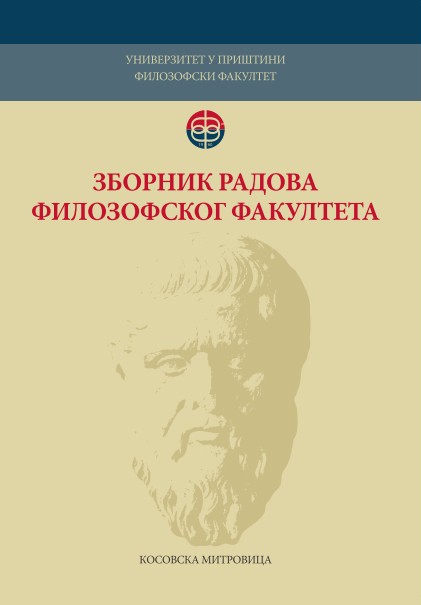Садржаји друштвених наука у уџбенику Природе и друштва из угла ученика
Contents of social sciences in the textbook of Nature and Society: What students say
Author(s): Aleksandra TrbojevićSubject(s): Social Sciences, Education, School education
Published by: Филозофски факултет, Универзитет у Приштини
Keywords: textbook; social contents in the subject nature and society; students in qualitative research; focus group interview
Summary/Abstract: The school textbook still represents the basic source of knowledge and the starting point for self-learning in Serbia today. The expertise obtained during the last decade has shown certain improvements in terms of the design and structure of textbooks, but serious problems were also discovered concerning the presentation of contents which introduce students to complex social phenomena and teach about the complex social reality. This paper presents some of the results of the research that examined the students' perception of the role of the textbook in the adoption of social contents in the subject Nature and Society. The experiment design involved 60 fourth-grade primary school students from Serbia, who are learning social contents from textbooks. By using the method of focus group discussions, this research examined the opinions of students, aged 10-11 years, about the textbook from which they are learning about social contents. The analysis of the data revealed the satisfaction of the students in terms of the overall appearance of textbooks, its structure and transparency, while the negative sides determined: repeating similar information from unit to unit, extensive text and too much content to be remembered, lack of interesting texts, incentive and motivational tasks to satisfy the curiosity to learn about social issues. The conclusion of the participants of all five focus groups is that their textbook Nature and Society helps them learn to reproduce information more easily, but it is not interesting and provocative enough, does not promote knowledge or nor apply it to life situations. Participants in the research said that a textbook from which they could learn more about social content should contain a variety of information, but that it has to be presented and shaped so as to motivate them more (especially to include examples from life) and link their social experiences. The results represent a valid basis for further research which would examine the practical possibilities of a methodical transformation of the contents from the corpus of social sciences in the school textbook. In doing so, the most important task should be the creation of a textbook as a medium that integrates contents, sources, and student activities in the process of independent learning about the social world surrounding the students.
Journal: Зборник радова Филозофског факултета у Приштини
- Issue Year: 49/2019
- Issue No: 1
- Page Range: 253-275
- Page Count: 23
- Language: Serbian

